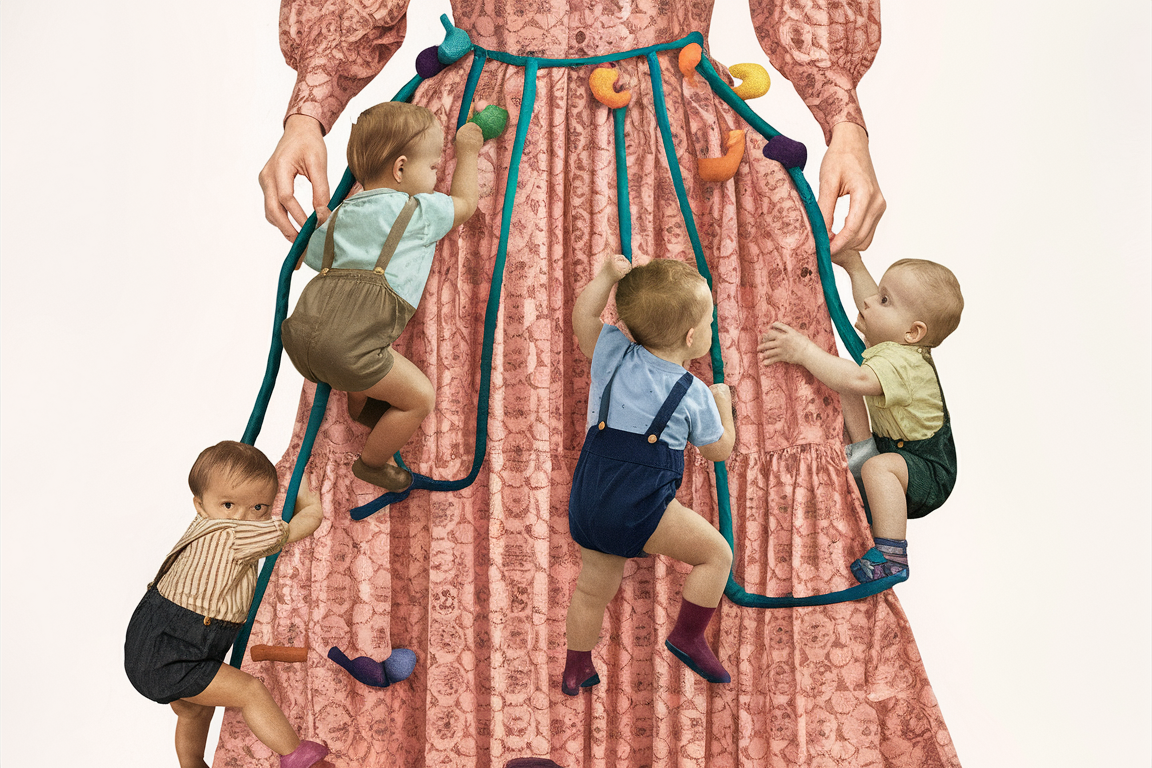
Why Your toddler is Suddenly a Mega-Clinger: Decoding Clingy Behavior and How to Deal with .
Is your child turning into a human climbing frame? This temporary increase in clinginess might be frustrating, but it’s actually a sign of healthy attachment.
Evolution wired our kids to be velcro babies. University of Minnesota’s Dr. Alan Sroufe, an attachment theory expert, explains that in our past, clinging to caregivers was a matter of survival. Today’s threats are more nuanced, but the principle remains: children crave predictability and control in an unfamiliar world, and they turn to their parents for comfort and reassurance.
Dr. Ross Thompson, a developmental psychologist, puts it this way: disrupted routines or a new environment can be unsettling for kids. Clinging and climbing becomes a way to seek attention and express their anxieties.
But there’s a physiological component too. According to Dr. Deborah Hershberg, a child development specialist, physical activity can be a powerful stress reliever. So, that climbing and clinging might actually be your child’s way of calming down. Research shows it can lower their stress levels and heart rate.
Renowned psychologist Dr. John Gottman offers another perspective. This intense need for closeness could be your child’s way of initiating play, a bid for connection through shared laughter and experiences. However, recognizing your own emotional limits is crucial. If you’re feeling overwhelmed and need a break, that’s perfectly okay!
Here are some alternative activities to help your child burn off energy and manage stress:
Become domestic demolition crews: Let them push the vacuum cleaner (under supervision, of course!)
Embrace nature: Encourage climbing trees (with proper safety precautions) or digging in the dirt.
Get creative: Build a fort or construct an obstacle course.
Move those bodies: Jumping jacks, animal walks, or even commando crawls are great ways to get the wiggles out.
Boundaries are essential. Parenting expert Janet Lansbury observes that children who are allowed to climb all over their parents are actually seeking limits. Setting clear boundaries teaches them appropriate behavior and helps them develop their own sense of self-regulation.
Remember, it’s a balancing act. You want to be responsive to your child’s needs, but not at the expense of your own well-being. Finding ways to meet their needs while honoring your own limits is key.
The bottom line? Your child’s clinginess is a sign that they need you, especially during times of change. Responding to their need for connection goes a long way in reassuring them that they’re safe and loved


